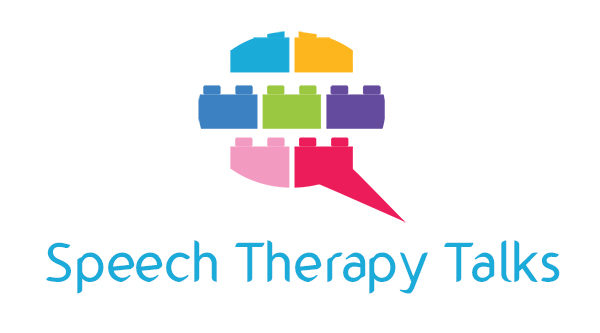-
- Recognizes his/her name
- Understands ‘no’
- Understands simple in context routine-based instructions (e.g.
follows “jacket on” when you’re standing at the door) - Relates words: i.e. if you say “spoon” he/she get yogurt out or
“cat” he/she say “meow” - Says 2-3 words
- Imitates familiar words
Language Stimulating Activies
- Respond to your child's coos, gurgles, and babbling
- Talk to your child as you care for him or her throughout the day
- Read colourful books to your child every day. Open flap or
textured books are great. - Sing nursery rhymes and songs – using actions where possible
- Model the names of everyday items and familiar people
- Take your child with you to new places and situations
- Play simple games with your child such as "peek-a-boo" and "round and round the garden”
-
-
-
- Understands "no"
- Identifies 4 body parts (e.g. finds his/her ‘hair’, ‘eyes’, ‘feet’ and ‘nose’)
- Understands early verbs (e.g. eat, sleep, jump, run) in context
- Follows 2 key word level instructions (e.g. “Give the ball to teddy”)
- Uses 30 words - including names, verbs and adjectives
- Uses two words phrases such as "hat on" “Daddy gone”
- Waves to greet
- Makes familiar animal noises “woof woof” or “quack quack”
- Uses words such as "more" to make wants known
- Brings object from another room when asked
Language Stimulating Activies
- Talk to your child about everything you're doing while you're with him/her
- Keep your language simple and clear stressing 1-2 key words
- Be face to face with your child when he/she talks to you
- Model language without correcting your child (e.g. if he/she says “gog” you say “It’s a dog!”).
- Use pauses in familiar phrases that are a part of your routine (e.g. “It’s time for a….(story)” if this follows changing into pyjamas.
- Describe what your child is doing, feeling, hearing (e.g. “Adam’s jumping.”, “Is Sarah hungry?”, “That’s a loud noise”).
- Praise your child's efforts to communicate
-
- Understand up to 3 key word instructions
- Understands big/little
- Understands prepositions on/in/under
- Answers wh questions (who? what? where?)
- Finds items from a category (e.g. The things that you wear)
- Selects an object by function
- Uses negative words "not” “no”.
- Combines nouns and verbs to form simple sentences (e.g. “Teddy is jumping.” “Daddy gone work”)
- Uses grammatical morphemes (e.g. adding plural "s” in books and -ing in verbs like swimming)
- Talks to other children as well as adults
- Has simple 2 way conversations in context
- Asks what and where questions
Language Stimulating Activies
- Use any opportunity to model new words in context.
- Take your child on trips and talk about what you see before, during and after
- Read books every day, perhaps as part of the bedtime routine
- Let your child tell you answers to simple wh question but remember to balance the questions with comments too
- Listen attentively when your child talks to you
- Describe what you are doing, planning, thinking
- Have the child deliver simple messages for you (Mommy needs you, Daddy)
- Carry on conversations with your child – encourage a two-way interaction
- Show the child you understand what he or she says by answering, smiling, and nodding your head
- Expand on what your child says. If he/she says, "more juice," you say, "Adam wants more juice."
-
-
-
- Understands up to 4 key word level instructions including a range of grammatical and linguistic concepts (e.g. tense, pronouns, clause)
- Basic problem solving (e.g. understands ‘what you do if you hurt yourself?’)
- Can tell a story
- Has a sentence length of 4-5 words
- Responds to basic reasoning with a familiar adult.
- Can have a basic conversation with some reference to past events (e.g. what happened at nursery)
Language Stimulating Activies
- Talk about how objects are the same or different
- Help your child to tell stories using books and pictures
- Encourage your child to play with other children
- Read longer stories to your child
- Pay attention to your child when he/she is talking
- Talk about places you've been or will be going to
-
If your child's language is not where it should be, contact us.





